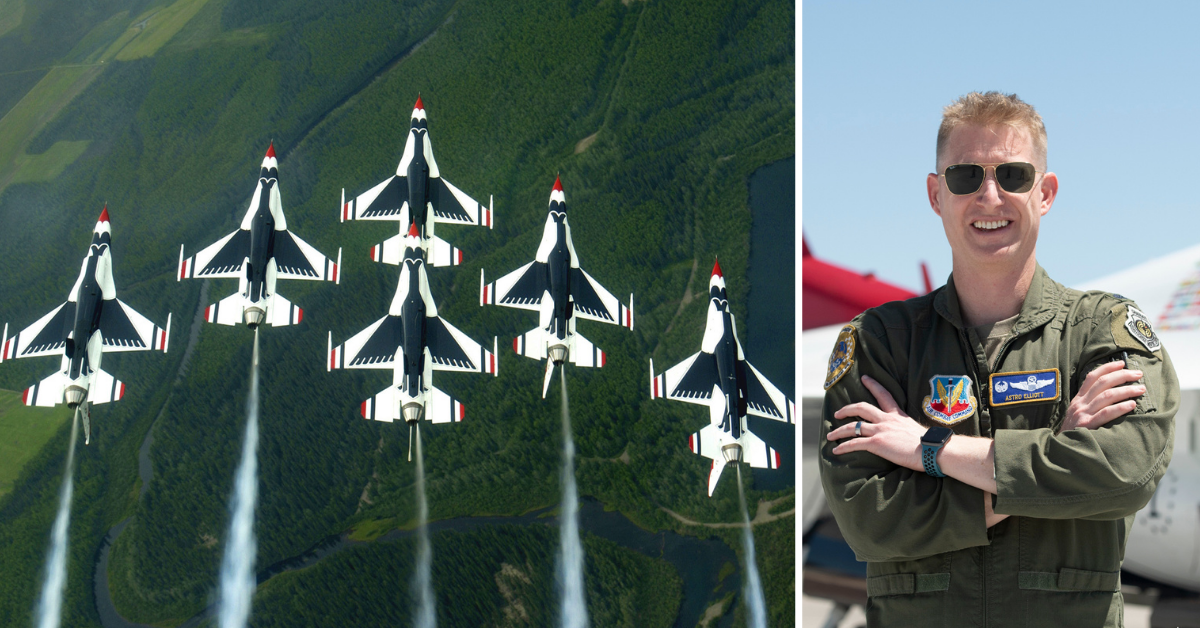The United States Air Force Thunderbirds display squadron has a new commander for the 2022 and 2023 season, Lt. Col. Justin Elliott. The new leader has been selected by the commander of Air Combat Command Gen. Mark D. Kelly.
Elliot, who is currently the commander of the 59th Test and Evaluation Squadron at Nellis Air Force Base, Nevada, commissioned from Yale University in 2005 and by 2007 became the pilot of an F-15E Eagle. He has also completed U.S. Air Force Weapons School.
Naturally for the role, he is an incredibly skilled and experienced pilot, logging over 2,000 hours in the air, 255 of which were on combat duties.
Thunderbirds shake-up
Elliot will enter the squadron after the 2021 season, where he will take over the position of Thunderbird 1 from Col. John Caldwell, who himself has logged over 3,100 flight hours.
57th Wing commander Brig. Gen. Michael Drowley said, “I congratulate Lt. Col. Elliott on this huge accomplishment and have full confidence he will succeed in leading the Thunderbirds in their mission to recruit, retain and inspire around the globe.”
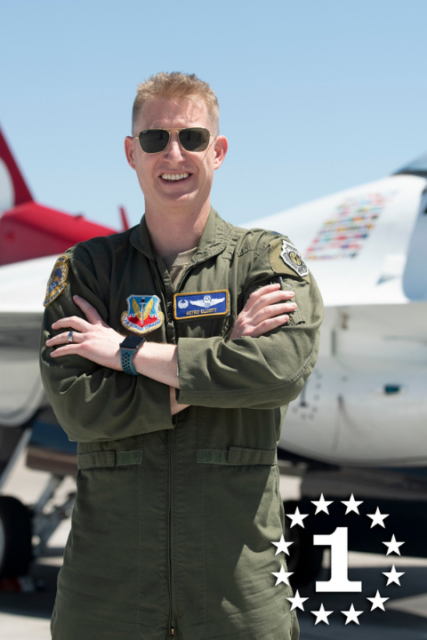
Thunderbird 1 is also the squadron leader, meaning Elliot will soon command the 130-strong squadron. In the air, he will lead all demonstrations.
Elliot isn’t the only new face on the team, as Thunderbird 7 Lt. Col. Kevin DiFalco is set to be replaced by Maj. Ryan Yingling, also of the 59th Test and Evaluation Squadron. Yingling is an experienced A-10 pilot who has racked up over 3,000 hours of flight time, which includes over 1,000 in combat.
DiFalco will become the commander of a different Air Force Squadron.
Thunderbird 2 pilot Maj. Trevor Aldridge is, unfortunately, leaving the team early due to health reasons, and his replacement will be revealed once they are selected. Aldridge has stated that he has encountered “a few temporary health concerns, while in the Thunderbird jet.”
While he is medically able to fly by Air Force standards, the extreme precision and minimal room for error of the flying performed by the Thunderbirds team means he has chosen to leave the team.
COVID-19’s effect on the team
As with almost every other facet of life, the COVID-19 pandemic has affected the Thunderbirds display team, reducing their displays in 2020 due to canceled air shows, and increasing special events. The team flew just a few events out of their normal season schedule, meaning many Thunderbirds pilots haven’t fulfilled the usual amount of time a member is on the team, which is typically two years for officers.
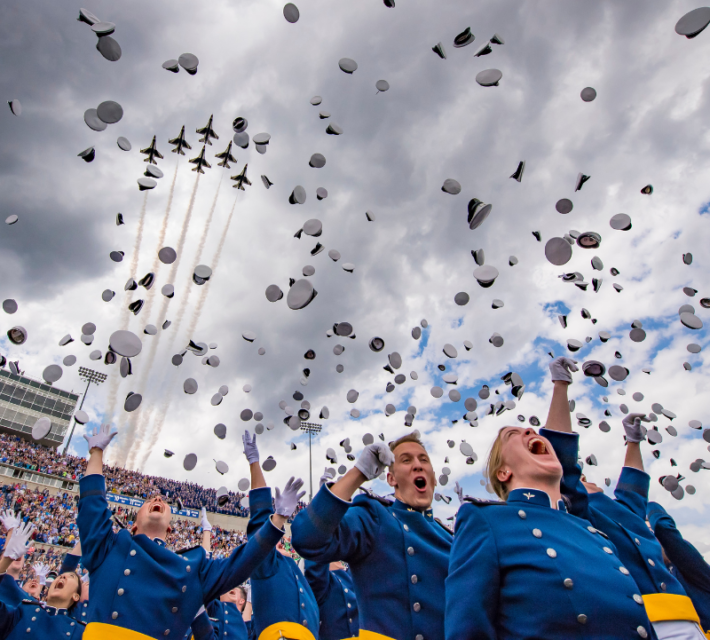
It was recently announced that because of these extraordinary circumstances, all officers on the Thunderbirds team would have their time extended by a year.
The team was involved in the America Strong tour in 2020, which saw both the Thunderbirds and Blue Angels tour the U.S. in salute to the hard work and sacrifices made by first responders, firemen, health care workers, and other essential roles during the COVID-19 pandemic.
Despite the lack of display action in 2020, the team is planning on coming back in the 2021 season more exciting than ever. The time out enabled the Thunderbirds to create and perfect more extreme maneuvers, including a formation that will put the aircraft nearer to each other than ever before.
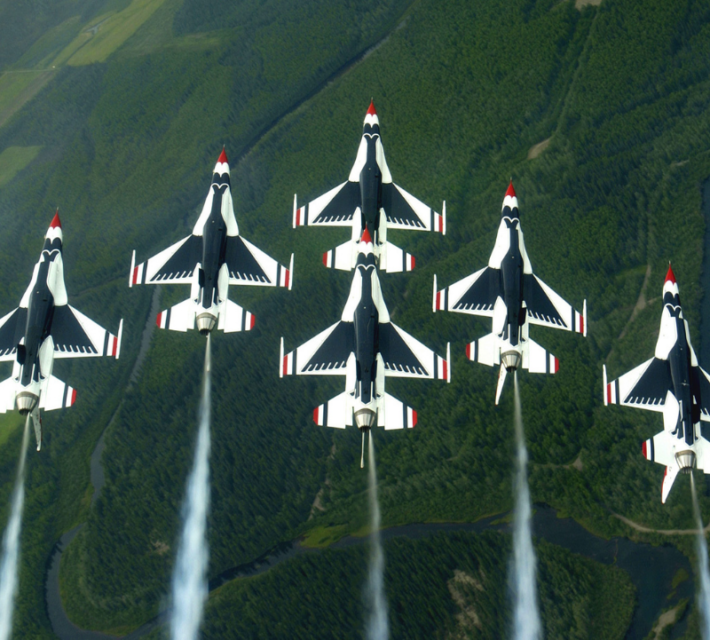
The team reduced their display time from 75 minutes to 50 minutes and refined the display itself to provide a more engaging and thrilling experience to the crowds. A new maneuver called the “Stinger Break Cross” distracts the crowd with a main display while one of the aircraft leaves without the audience realizing it. The F-16 then returns at high speed, surprising the crowd.
“Then I turn smoke off and time my entry [into the maneuver] to sneak in at 500 feet above ground level, just shy of the speed of sound. I think it’s a pretty big moment for the crowd,” says Major Kyle Oliver, Thunderbird 6.
The Thunderbirds
The Thunderbirds display team is the world’s third oldest display team, created in 1953, beaten only by the Blue Angels who formed in 1946, and the French Air Force Patrouille de France which formed in 1931. Since their creation, the Thunderbirds have performed in front of over 300 million people.
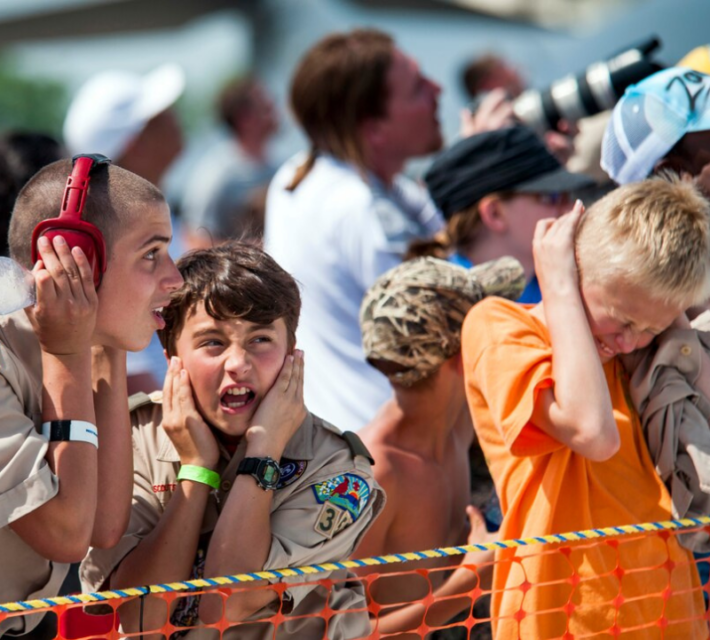
Despite its unique role, the squadron is still part of the United States Air Force combat force, meaning they can be called and integrated into an operational fighter squadron when needed. They currently use F-16 Fighting Falcons, which replaced their previous T-38 Talons in 1982.
More from us: US Air Force Developing Supersonic New Air Force One
The F-16s are slightly modified for the task, including replacing the 20 mm cannon with a smoke generator and the application of the squadron’s red white and blue paintwork, but if needed, the aircraft can quickly be returned to combat specifications.
